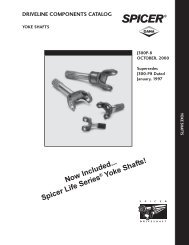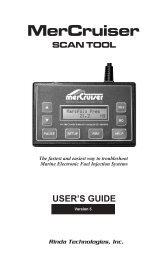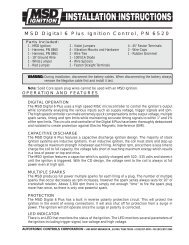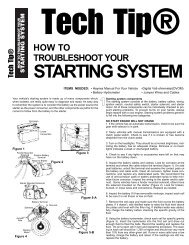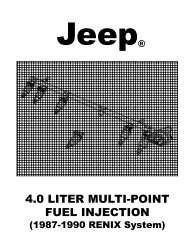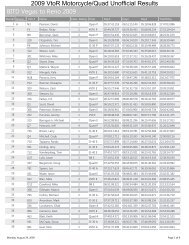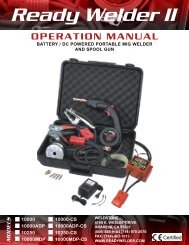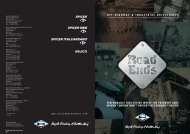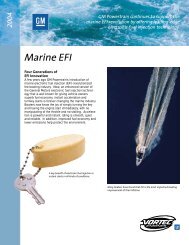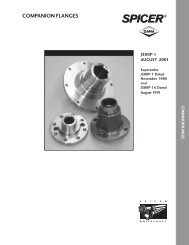Hollow Structural Sections - Pirate4x4.Com
Hollow Structural Sections - Pirate4x4.Com
Hollow Structural Sections - Pirate4x4.Com
You also want an ePaper? Increase the reach of your titles
YUMPU automatically turns print PDFs into web optimized ePapers that Google loves.
HSS Manufacturing Methods<br />
The transformation of steel strip into hollow structural sections (HSS) is the result of a series of operations including forming,<br />
welding and sizing. Currently three methods are being used in North America for the manufacture of HSS. These methods are<br />
described below. Each method meets ASTM A-500 and CSA-G40.21-92 requirements for the manufacture of HSS, and the sizes<br />
listed in this brochure may be produced to either standard.<br />
Electric Resistance Welding (ERW) Process<br />
In the tube mill, flat steel strip (1) is formed continuously around its<br />
longitudinal axis to produce a round tube. This is done by moving the<br />
strip through a progressive set of rolls (2-6). The strip edges (7) are<br />
heated by either high-frequency induction or contact welding and then<br />
forged together by weld rolls to create a continuous longitudinal weld<br />
without the addition of filler metal. The weld seam (8) is then cooled<br />
and processed through a set of sizing/shaping rolls which cold-form it<br />
into a round (9), square (10) or rectangular (11) section.<br />
1<br />
2<br />
3<br />
4<br />
5 6 7 8<br />
9 10 11<br />
Form-Square Weld-Square (ERW) Process<br />
In the weld mill, driven forming dies progressively shape the flat strip<br />
(1) by forming the top two corners (2) of the square or rectangular tube<br />
in the initial forming station. Subsequent stations form the bottom two<br />
corners (3) of the shape. No cold working of the sides of the shape is<br />
performed, and the shape’s seam is welded by high-frequency contacts<br />
when the tube is near its final shape and size. The welded tube (4) is<br />
cooled and then driven through a series of sizing stations which qualifies<br />
the tube’s final dimensions.<br />
4<br />
1 2 3 3<br />
2<br />
1<br />
Submerged Arc Weld (SAW) Process<br />
Two identical pieces of flat strip (1) are placed in a press brake and<br />
formed into two identical halves (2) of a finished tube size. A backup bar<br />
is tack welded to each leg of one of the half-sections (3). The two halfsections<br />
are fitted together toe-to-toe (4) and welded by the submerged<br />
arc process to complete the square or rectangular section (5).<br />
5<br />
1 2 3 4<br />
2 1




